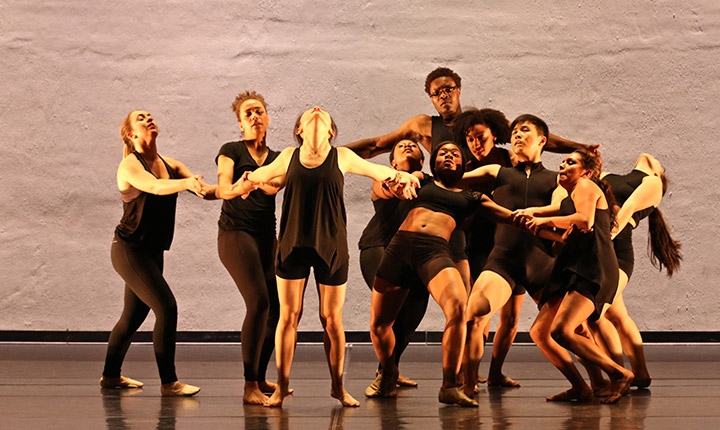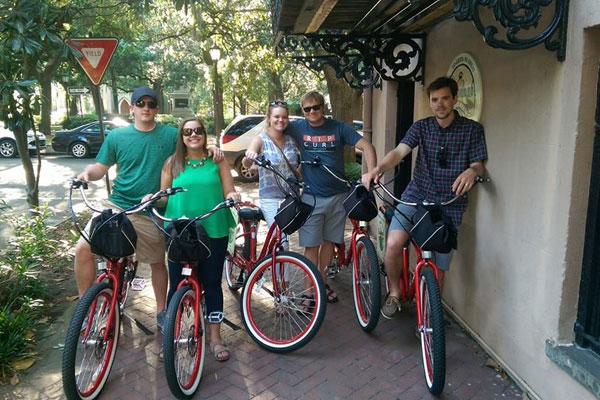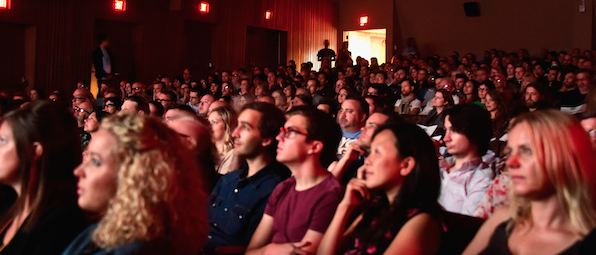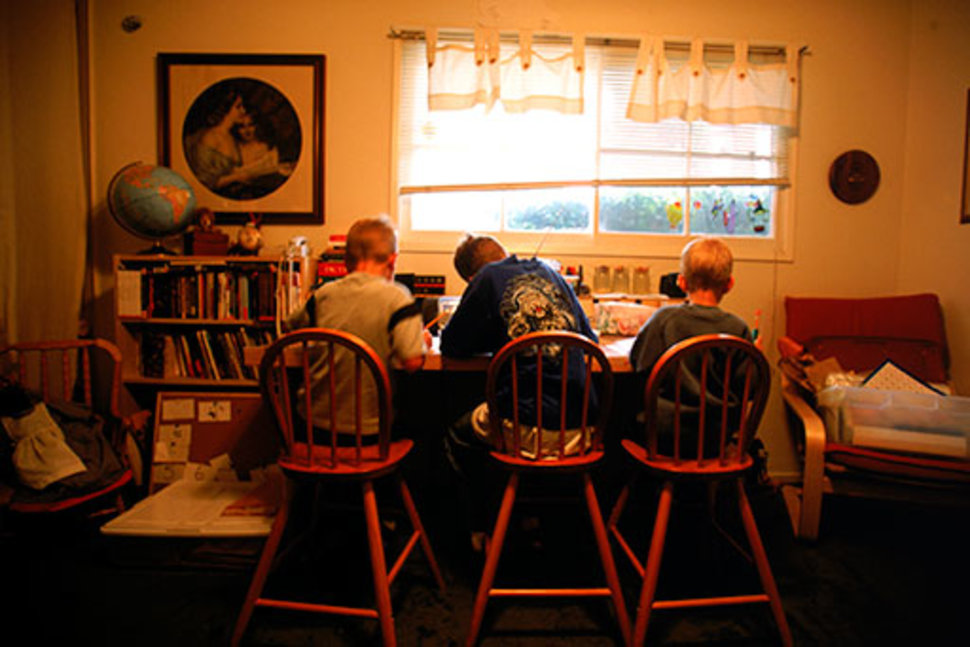New forms, new varieties step away from traditional ballet
By Anika Varty
Barefoot dancers run on stage to meet each other in distinct groups. They step precisely to the dramatic instrumental music. These performers are not limited by the rules of one specific style. Instead, they are just dancers, expressing themselves through movement and mesmerizing an audience.
Dancers and choreographers have always been protective of style. Being able to communicate the style of dance you are going to perform can be helpful: Dancers want to know about the company they are auditioning for. Performers want to know what choreographers are looking for. Audiences want to know what they are paying to see.
But what happens when pioneers of dance blur the lines of style?
While new styles of dance have always stemmed from changing and fusing existing genres, choreographers and artistic directors throughout the United States have recently been intentionally bending genre. For many, doing so lets them express fresh stories through movement.
Here are some of the latest examples:
Hiplet™:
Perhaps one of the clearest examples of marrying two seemingly conflicting styles is Hiplet, which combines classical pointe technique with urban dance styles like Hip Hop. One of the main intentions behind developing Hiplet was to make Ballet more accessible by using music that is familiar to audiences who might not otherwise attend Ballet performances.
“In order to stay relevant with young people, you have to do what they’re doing now,” says Homer Hans Bryant, the creator of Hiplet.
The Chicago Multi-Cultural Dance Center (CMDC), the birthplace of Hiplet, focuses on empowering people through dance. Because the center is also a dance school, this goal means working to accept any student with talent, regardless of their socioeconomic background.

Homer Hans Bryant
The creation of Hiplet has helped CMDC with enrollment and popularity. Bryant says social media has played a huge role in spreading the style. With 136,000 Instagram followers, he’s probably right.
The style began with a Ballet technique created in the early 1990’s called “The Rap Ballet.” Dancers performed popular dances like the running man en pointe, set to rap music. As artistic director at the time, Homer Hans Bryant began toying with different Hip Hop movements, and eventually developed and trademarked the Hiplet technique.
“When you think of classical Ballet, it’s ethereal. It’s usually white people doing this beautiful stuff on the tip of the toe. They become like robots,” says Bryant “Here you have some kids of color, with strong classical Ballet training and a lot of street funk.”
After spending a year posting videos of dancers in class practicing Hiplet, Só Bailarinos shared a video on Facebook. Soon after, BuzzFeed produced a video covering the Hiplet™ story. Good Morning America soon called to bring Bryant and some Hiplet dancers onto the show.
CMDC is still the only contemporary Ballet school that teaches Hiplet, though the technique has become a worldwide phenomenon. CMDC regularly receives calls from studios and dancers across the United States, and says they are working to share the technique with as many dancers as they can.
Ultimately, their goal is to develop a professional Hiplet company, which will go on tour to share the unique technique.
CMDC is also hoping to begin certifying dance instructors to teach Hiplet. Doing so will hopefully protect dancers from the potential risks of Hiplet. According to CMDC, dancers must have very strong knees and ankles to safely practice Hiplet.
Kun-Yang Lin/Dancers
Kun-Yang Lin/Dancers (KYL/D) is a contemporary dance company based in South Philadelphia. KYL/D often presents work questioning national identity.
“I think KYL/D is a great example of a professional contemporary dance company which has strong Eastern influences,” says Katie Moore, Business Development Manager of KYL/D.
By drawing on Eastern philosophies and simultaneously calling on contemporary styles, the company challenges the limitations of identities through its work.

Kun-Yang Lin/Dancers
Artistic Director Kun-Yang Lin continues researching throughout Asia to bring a personal and multicultural approach to his work. The dancing that KYL/D creates produces a hybrid performance of Eastern and Western cultures.
“We’re definitely contemporary, but I don’t like the word fusion,” says Moore.
“Yeah, because sometimes we go to a restaurant, and we hear ‘oh this is Chinese fusion.’ So we feel that oh this is not authentic Chinese food. But I think we are doing very authentic work, we’re just very contemporary. We don’t define ourselves by any specific style,” says rehearsal director, Lingyuan (Maggie) Zhao.
“I think the most important thing, is to make that connection,” says Zhao. “Kun-Yang is always telling us that movement is similar to language: it’s how you communicate. I think we are not really focusing on one certain language, because our purpose is to make that connection.”
The KYL/D dancers are skeptical of the word “fusion” because it might imply that they are losing aspects of each style and influence that they call on. However, the company is actually focused on communicating authenticity. By not being bound to a concrete style, KYL/D hopes to present the authenticity of their dancers through Kun-Yang Lin’s choreography.
“With Kun-Yang’s style, it’s a whole new way to dance,” says KYL/D dancer Liu Mo. “You just have to find out who you truly are and be you on stage. At that moment, you don’t have to think about if it’s classical movements, it’s just the way you communicate and move.” The dancers at KYL/D focus on being their real selves as they collaborate to create authentic pieces of art.
“It’s not about memorizing. It’s not about my brain. Dance is visceral,” says Lin, noting the importance of recognizing dance as a physical form of storytelling and expression. An immigrant himself, the space between east and west and the space between innovation and tradition are consistently significant themes in his work.
KYL/D calls on influences like Buddhist and Taoist ideologies to shape its performances. Lin’s choreography weave movements from tai chi and chi gong as well as shapes from calligraphy and meditation practices throughout their work. Paired with cross-cultural research, artists in KYL/D hope to use dance to integrate the body, spirit, and mind through dance.
BalletX
BalletX is Philadelphia’s premier contemporary Ballet company. BalletX presents original choreography aimed at broadening the boundaries of classical dance, hoping to make its performances interesting to all audiences. Ballet has always been seen as a form of high art, and working to develop the style into something that captivates diverse audiences means bringing tradition and history into this contemporary moment.
The company was founded by Christine Cox and Matthew Neenan in 2005. Cox now leads the group as Artistic and Executive Director. Promoting explicit experimentation while requiring impeccable technique, BalletX consistently pushes boundaries of classical Ballet.
According to the company, “these contemporary pieces challenge BalletX’s dancers with the innovative possibilities of Ballet in the 21st century.”

Matthew Neenan Ballet X
BalletX shows tend to attract younger audiences than the more classical Pennsylvania Ballet. While the technique BalletX dancers use is deeply rooted in traditional Ballet, the movements, costuming, and music can be quite experimental.
BalletX and the Pennsylvania Ballet live on opposite sides of Broad Street. They print ads in each other’s programs. These two Ballet companies keep the style alive in Philadelphia. The Pennsylvania Ballet keeps tradition alive in familiar tutus, while BalletX remixes convention to transform the genre. Both companies share the same general goal of creatively and artistically telling stories through dance, but the way they approach this task differs greatly.
Though all of the BalletX dancers are classically trained, performances are anything but traditional. The company pairs traditional costumes with modern movements, or complements familiar classical music with unexpected costuming.
Rhythm N Motion
The trend of fusing genres together has spread far beyond professionals. Unhappy with the lack of classes offered in underrepresented styles through their dance department, students at Swarthmore College established a dance group called Rhythm N Motion (RnM) in 2002. RnM focuses on highlighting styles primarily from the African Diaspora.
At first, the group focused on styles like Umfundalai, Hip Hop, and Salsa. However, in recent years, the student-run group has been performing more and more pieces that call on multiple influences.
“Bending genre lets choreographers pursue our group’s mission through their work,” says Artistic Coordinator Arianna Bernas. “For a lot of dancers, we can learn about different styles and call on our peers’ strengths by working on these fusion pieces.”
RnM has grown into a Tri-College group, welcoming members from Bryn Mawr, Haverford, and Swarthmore Colleges. The group organizes a showcase each semester, and often hosts workshops open to any student in the Tri-College Consortium. In the last few semesters, more student choreographers seem to be combining multiple styles in their pieces. RnM recently presented a piece that fused Bhangra and Hip Hop. They have also performed multiple pieces that showcase both Contemporary and Umfundalai vocabularies.

Rhythm N Motion
Although current members remain committed to the original mission statement centered on promoting underrepresented styles of the African Diaspora, current members say that some alumni have resisted fusing traditional African styles with contemporary western vocabularies. According to current dancers, some previous members of the group worry that bringing in western styles, even through fusion pieces, risks straying from RnM’s mission.
Because the group was established by students of color who could not find the tools they needed to tell their stories through dance in their department, identity has always been an important part of RnM.
Bernas says that bending genre lets choreographers and dancers call on their own identities and experiences.
Backlash
Each of these dance groups has faced backlash for pushing against the constraints of tradition. Challenging classical dance styles receives criticism for many different reasons.
Many ballerinas have criticized Hiplet, claiming that the style is dangerous for the dancers. Because classical Ballet focuses on extensions and straight lines, a lot of dancers assume the bent knees and distinct posture used in Hip Hop will leave Hiplet dancers at risk of knee and ankle injuries. However, Bryant has noted the risks of trying new things en pointe, and only teaches Hiplet to students who already have strong Ballet technique. So what is the backlash really about?
Naming dance styles and keeping them distinct maintains the elitism present in western high culture. Because so much of blending genres serves to make styles like Ballet more accessible, artists committed to broadening their audiences are often working to bring aspects and aesthetics of specific dance styles from high culture to pop culture.
The Bigger Picture
Many choreographers and artistic directors working towards fusing styles do so to broaden their company’s audience or to push dance to hold narratives previously silenced by the confines of distinct styles. Both of these aspirations serve to modernize classical styles to keep them relevant to both audiences and dancers. Dance has always been a method of storytelling, and challenging strict distinctions of genre seems to highlight stories some artists are now trying to share.
Basically, we love putting things in boxes. We love having concrete definitions so that we can understand things by classifying them. Whether we are talking about people, places, dogs, or food, labels help us separate things into groups.
Dance is no different: for years, we have looked at styles of dance as concrete limitations of what each discipline can be. Each time a new style is born, we are quick to name it and define it.
Creating these labels lets us think about new styles in terms of existing ones. Strict definitions comfort us; we know what’s what and can name anything we see. We can easily communicate our likes and dislikes, and dancers can explicitly state their strengths and weaknesses.
But dancers who are bending genre ask that we think about dance more broadly as a form of communication. Strict rules of style can make storytelling less authentic and force dancers to focus on limitations instead of storytelling.

 By Rachael Lightstone
By Rachael Lightstone


 By Steve Lehman
By Steve Lehman
 Public libraries have added computers, wifi, access to printing services, and digital literacy programs to the core of their services. Unsurprisingly, with such additions to the library, visitors continue to stream in and the data is there to back it up. In 2012, the American Library Association found that there was a 54.4% increase in visitors to public libraries over the past ten years.
Public libraries have added computers, wifi, access to printing services, and digital literacy programs to the core of their services. Unsurprisingly, with such additions to the library, visitors continue to stream in and the data is there to back it up. In 2012, the American Library Association found that there was a 54.4% increase in visitors to public libraries over the past ten years.

